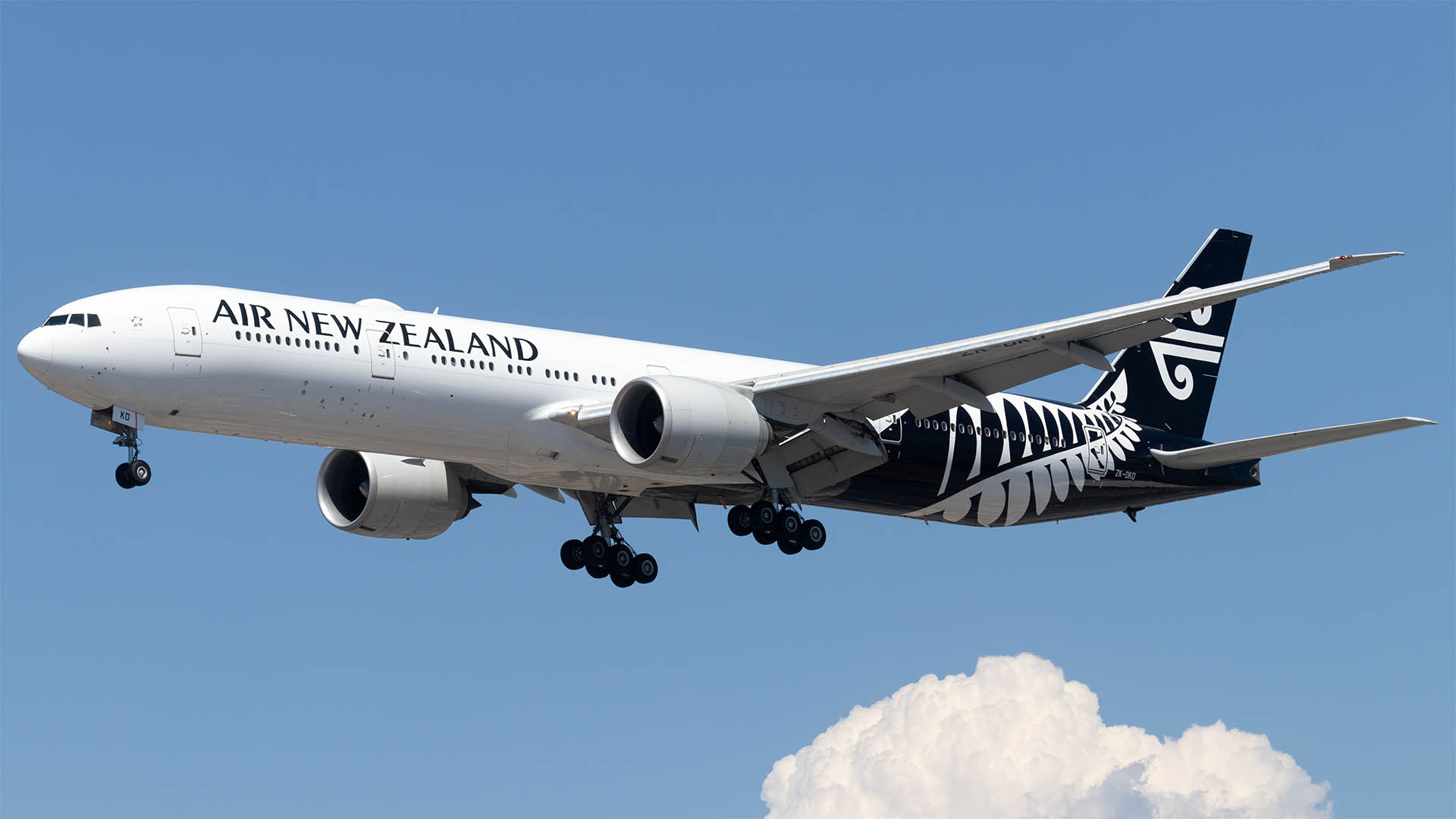It was no surprise – the slide in global oil and gas prices since mid 2014 (and despite the recent rebound) has caused companies large and small to cut costs by slashing jobs, suppliers, exploration and development spending, and investment in projects, current and prospective.
No company has been immune. Woodside already has slashed investment and sacked hundreds of employees, and delayed development work and exploration. Yesterday it went one further and pulled the plug on the $40 billion Browse LNG project offshore the North West West Australian coast.
Not too many people were surprised at the statement and its contents, the decision has been in the making for months.
It means Woodside won’t go ahead with the floating LNG development after completing detailed engineering and design work which didn’t stack up. The Browse partners will prepare a new plan and budget for developing the Browse gas resources, but that is years away.
The decision comes as no surprise, with a number of problems and obstacles emerging even before global energy prices started plunging. Indeed CEO Peter Coleman himself has signalled his unease with the viability of “mega projects” such as Browse.
Woodside told the ASX that after completing early engineering and design studies, the Browse partners “have decided not to progress with the development at this time considering the current economic and market environment”.
"We have undertaken a comprehensive and rigorous process to assess all elements of the development," Mr Coleman said in a statement.
"The decision represents a disciplined approach to large-scale capital investment and is consistent with our requirements for a development concept to be commercially robust across a range of scenarios."
The project has in fact been been deferred, not cancelled, though being deferred is tantamount to being put in deep freeze for several years or more in the current weak market conditions.
It was targeted for a go-ahead later this year with the project’s partners, which include Shell, BP and a huge Chinese group, targeting a final investment decision in the second half of this year.
They had already deferred the decision date several times, most notably in April 2013 when they walked away from earlier plans to build a huge new onshore LNG processing plant for Browse gas at James Price Point on the Kimberley coast, a project that would have cost some $80 billion or more (and encountered significant opposition on environmental grounds).
The partners looked at a floating LNG project (like Shell’s Prelude project off the WA coast), and eventually decided in favour of that method. But that was brought undone by the slide in oil and gas prices since mid 2014, and the likelihood of a very slow return to prices around $US100 a barrel for several more years.
”Woodside remains committed to the earliest commercial development of the world-class Browse resources and to FLNG as the preferred solution, but the economic environment is not supportive of a major LNG investment at this time,” Mr Coleman said in a statement to the ASX. Woodside has a 30.6% interest in Browse. Other major partners in the project are Royal Dutch Shell, with an interest of around 27%, BP, with 17%, Japan Australia LNG, a joint venture between Japan’s Mitsubishi and Mitsui, as well as a subsidiary of PetroChina have the remaining equity
The Browse decision leaves Woodside without any major new growth projects, after its failed $11.6 billion takeover offer for Oil Search.
Watch for a string of eager investment bankers and other urgers to start making their way to Woodside HQ in Perth with ideas to fill the Browse gap via takeovers and asset purchases.
Woodside shares slid 0.8% to $27.13 on the ASX yesterday. You would have thought the shares would have risen given the strengthening news that Opec may go it alone and freeze production at a meeting next month, with or without Iran.












